Vitamin E ( Alpha-tocopherol ) is an important oil-soluble vitamin that contributes to many body processes. It is an antioxidant found in foods as well as legumes, nuts, and leafy green vegetables. Vitamin E is especially beneficial for women because it rejuvenates the skin, prevents aging. The benefits of taking vitamin E do not just stop at beauty care, but also help you bring many important benefits to overall health. Let’s find out.


1. What is Vitamin E?
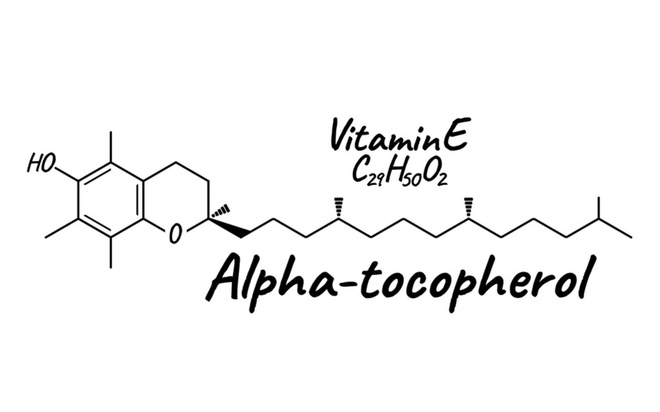

✅ Vitamin E is the generic name for a group of 8 compounds with antioxidant properties. However, vitamin E exists mainly in the form of alpha-tocopherol form that helps meet human needs and is most bioavailable. Most of the effects of vitamin E are derived from this form. As an antioxidant, alpha-tocopherol helps eliminate free radicals in the body. Free radicals can come from cigarette smoke, direct sunlight, air pollution, and other external sources, causing oxidative damage to cells. This can lead to premature aging, heart disease, increased inflammation in the body, and an increased risk of cancer.
2. Top 6 benefits of taking vitamin E
2.1 Benefits of taking vitamin E: Helps for healthy skin
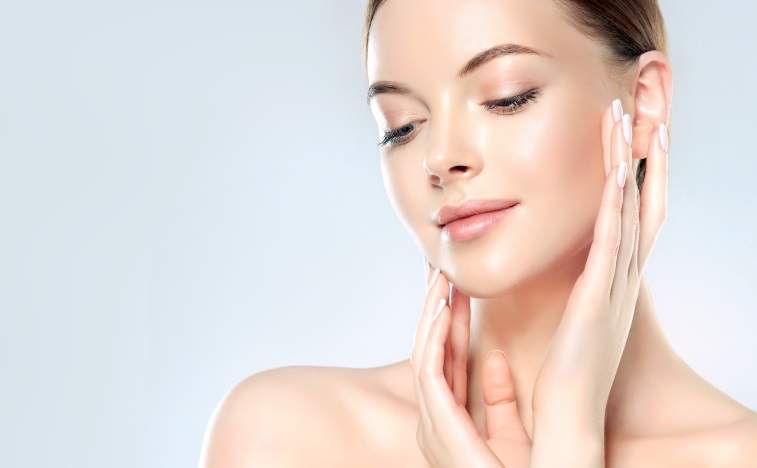

✅ Alpha-tocopherol is one of the most abundant antioxidants in the skin. Vitamin E can be easily absorbed by the epidermis of the skin. Vitamin E works to prevent free radical damage on the skin and may help prevent the harmful effects of ultraviolet rays. Every day, the skin in direct contact with the sun will be destroyed by ultraviolet rays, causing the skin to darken, lose elasticity. In addition to the age of 30, the higher the degree of aging of the skin, the excess free radicals will cause the skin to be quickly damaged, vitamin E helps the skin smooth, youthful, limits wrinkles. In addition due to its ability to act as an anti-inflammatory compound, vitamin E helps prevent skin swelling and edema and other conditions resulting from dermatitis. Therefore, in most skincare products, manufacturers often include vitamin E as an ingredient.
2.2 Benefits of taking vitamin E: Good for hair and nails


✅ Vitamin E is one of the best hair vitamins to help your hair look healthier. Vitamin E is considered a powerful antioxidant to help reduce lipid oxidation in your scalp. The presence of this vitamin helps promote the circulation of blood in the body to the scalp, hair follicles are provided with nutrients that will stimulate hair growth, keep the hair always strong. You can apply a few drops of vitamin E oil to your hair, especially if your hair shows signs of drying and dullness.
✅ The effect of vitamin E can also help treat brittle nails thanks to its ability to help improve hydration and increase nail flexibility. Applying oil-based vitamin E regularly for 5 minutes daily can significantly reduce the risk of cracking or breaking your nails or legs.
2.3 Benefits of taking vitamin E: Prevent cardiovascular disease


✅ Various studies have shown that vitamin E prevents oxidation of LDL-cholesterol. Oxidized cholesterol will become harmful to the body, especially blood vessels, the cardiovascular system. They are one of the main causes of atherosclerotic plaques that can lead to complications like heart attack and stroke. Therefore, you should take vitamin E supplements to maintain healthy cholesterol levels in the body.
2.4 Benefits of taking vitamin E: Strengthen muscle activity


✅ Vitamin E can be used to improve your physical endurance. It can increase energy and reduce oxidative stress on your muscles after you exercise. It helps eliminate fatigue by promoting blood circulation and also strengthens capillary walls and nourishes cells. Studies also show that vitamin E can reduce joint pain in people with osteoarthritis lesions.
2.5 Benefits of taking vitamin E: Strengthen immunity
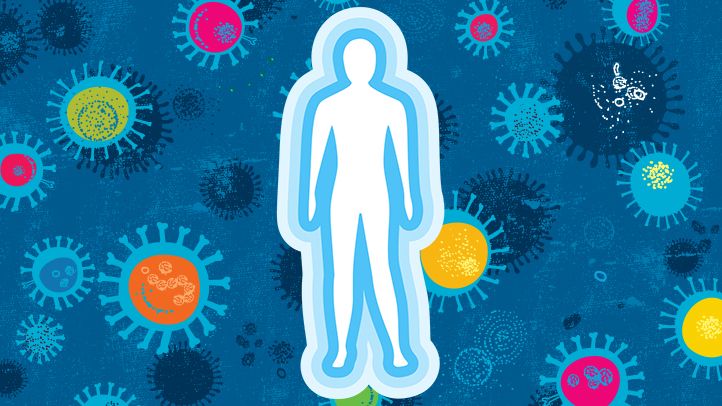

✅ As you get older, your immune system will start to decline and vitamin E can help slow down this process. This is because the effect of vitamin E is a powerful antioxidant that fights free radicals that damage the immune system. There is ample evidence that a diet rich in foods containing vitamin E can improve cellular immunity by creating the growth of T cells (immune cells). Vitamin E can also help improve the recovery time of organs in the body after medical treatment, such as radiation and chemotherapy in cancer treatment.
2.6 Benefits of taking vitamin E: Good for pregnant women


✅ Vitamin E reduces the rate of premature birth or miscarriage. At the same time, this is an antioxidant that helps pregnant women increase immunity and protect the skin. The recommended daily intake of vitamin E should be 15mcg, excess nor beneficial. If possible, pregnant women should get vitamin E from foods like sesame, peanuts, soybeans, barley, sunflower seeds, olive oil, avocado, almonds, etc.
3. Vitamin E foods list
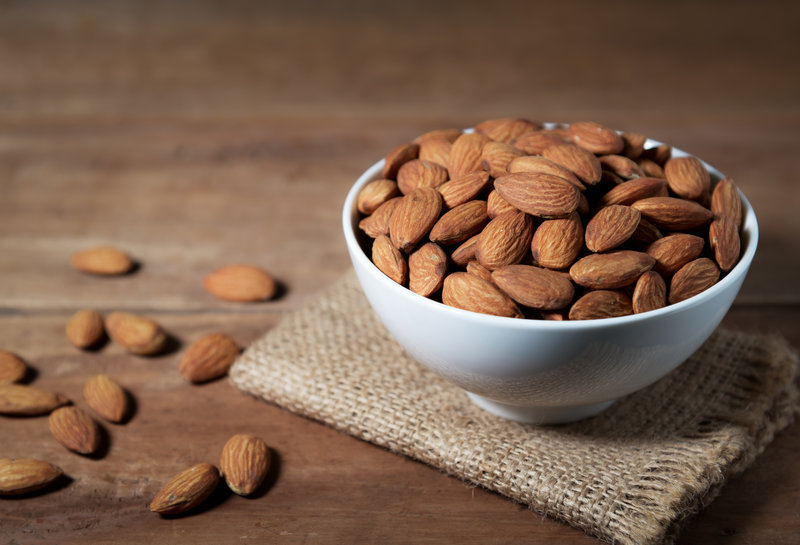

- Almonds: When people think of vitamin E, many people think of almonds. Almonds are a rich source of natural vitamin E, 100 grams of almonds provide 26.2 mg of Vitamin E. You can use almonds directly or almond products such as almond oil, almond milk …
- Beets: This green vegetable supplements your body with some essential vitamins, including vitamin E. Beets provide about 17% of your daily vitamin E value.
- Chestnuts: Chestnuts contain Vitamin E and lots of other great nutrients. Adding an ounce (~ 28 grams) of chestnuts to your diet will help meet your daily nutritional needs.
- Broccoli: Broccoli is very nutritious and has many health benefits. It is also one of the top foods that provide vitamin E, Folate, and vitamins A, C, and K. It is recommended that you use them in salads, or consider how to cook to keep the prices high. more nutritious.
- Spinach: It is one of the healthiest vegetables. Not only is it rich in vitamin E, but it also contains many antioxidants and essential nutrients like calcium and folate. It can be used as a green vegetable in meals or in combination with other dishes.
- Vegetable oil: Vitamin E is also found in vegetable oils, of which wheat germ oil has the highest vitamin E content. Sunflower oil is a great alternative, one tablespoon can provide more than 5 mg of Vitamin E. In addition, coconut oil, olive, etc. are also rich in vitamin E.
- Avocado: Avocado is considered one of the foods that provide a healthy source of Vitamin E. Just half of an avocado has more than 2 mg of natural Vitamin E. One can easily incorporate the butter into a salad, bread, or smoothie.
- Broccoli: Known as the best detox food and also a rich source of healthy Vitamin E. Just one cup of broccoli will provide 4% of your daily vitamin E needs.
- Papaya: is an extremely good source of nutrition in sources of Vitamin E. Although it is commonly known as vitamin C-rich fruit, fresh papaya can meet 17% of your daily requirement of Vitamin E. You can make a fruit smoothie from papaya to provide healthy vitamins E and C.
- Dried apricots: Often used as a snack, apricots hold a moderate amount of fiber as well as some essential substances, including vitamin E.
- Tomatoes: Tomatoes provide you with Vitamin C, iron, and fiber along with Vitamin E. An average tomato is known to contain 0.7 mg of Vitamin E.
4. Note when using Vitamin E
✅ The benefit of Vitamin E for health is undeniable. But to use vitamin E to achieve the best effect, you need to pay attention to the amount of vitamin E put into the body. The recommended nutritional requirements for vitamin E ( with both routes: absorption from food and absorption from supplements) are as follows :
- From 1 to 3 years: 6 mg / day (9 IU/ day )
- From 4 to 8 years: 7 mg / day (10.4 IU/ day )
- From 9 to 13 years: 11 mg / day (16.4 IU/day )
- From 14 years and older: 15 mg/day ( 22.4 IU/day )
- Pregnant women: 15 mg / day ( 22.4 IU/day )
- Women who are breastfeeding: 19 mg/day (28.5 IU/day )
✅ For women, supplementing with vitamin E pills (synthetic tablets) every day after age 30 can be but should only be used for 1-2 months, then take a break and then continue to use. The use of vitamin E supplements should only be applied to people with dry skin, a diet poor in vitamin E. Especially only for patients such as diabetes, hypertension, dyslipidemia, liver disease, impaired kidneys, cancer, allergies, chronic inflammation, and autoimmune diseases … need to supplement vitamin E daily, but every day should not exceed 400 UI (international units), but should only be used every other day. 1 – 2 months, take 1 time to use it again. As for normal healthy people, the best way to use vitamin E is from food. A higher dose may be used to treat vitamin E deficiency, but do not exceed the limits below unless your doctor tells you to.
- From 1 to 3 years: 200 mg / day (300 IU/ day )
- From 4 to 8 years: 300 mg / day (450 IU/ day )
- From 9 to 13 years: 600 mg / day (900 IU/day )
- From 14 to 18 years : 800 mg / day ( 1200 IU/day )
- From 19 years and older: 1000 mg/day ( 1500 IU/ day )
Some notes when taking vitamin E supplements :
- Vitamin E is a fat-soluble vitamin, so taking vitamin E supplements with meals will help you absorb it better.
- An overdose of vitamin E can cause nausea, vomiting, headache, hemorrhage, fatigue, and many other symptoms.
- If you are using anticoagulants such as Aspirin, Vitamin K should consult your doctor before using vitamin E as it may increase the risk of bleeding.
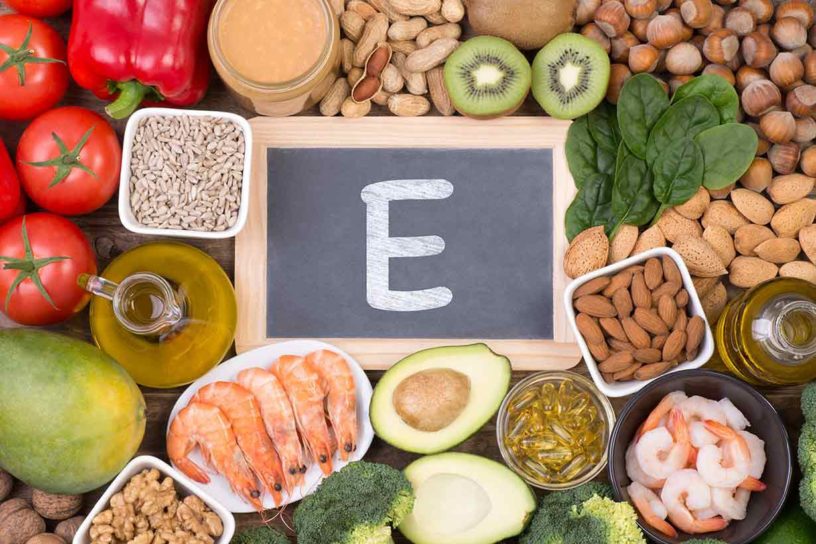
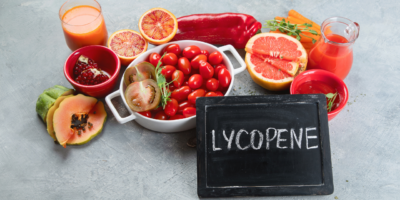
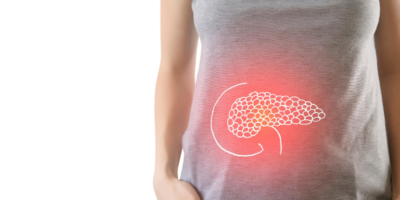
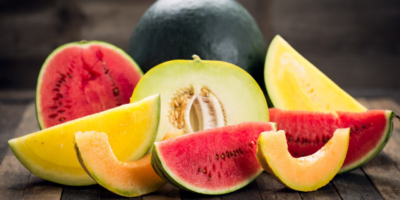
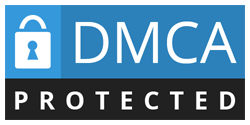

Leave a Reply